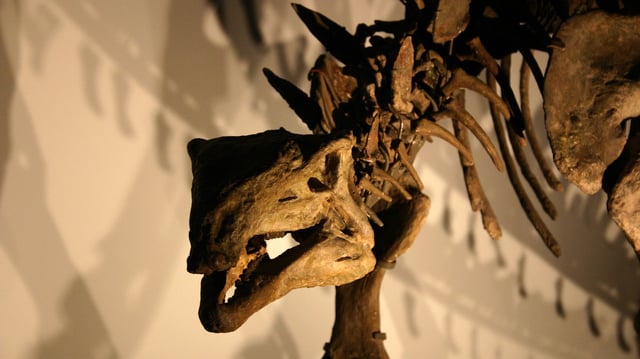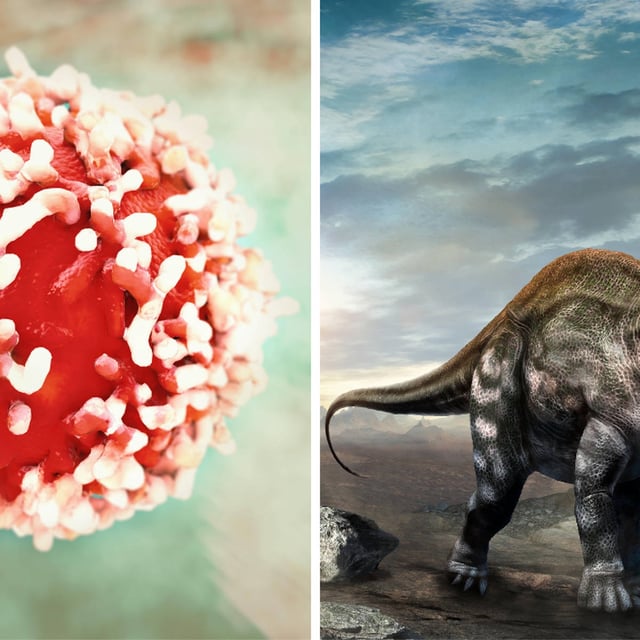Overview
- A team from Anglia Ruskin University and Imperial College London examined a 66–70 million-year-old Telmatosaurus transsylvanicus fossil bearing a jaw tumour.
- Scanning electron microscopy identified low-density structures resembling erythrocytes preserved within the fossilized bone.
- Paleoproteomic techniques demonstrated that proteins in soft tissues can survive over geological timescales despite DNA degradation.
- Detection of an ameloblastoma in the dinosaur fossil highlights the deep evolutionary roots of benign tumours shared with humans.
- Researchers call for coordinated preservation of fossilized soft tissues to enable further molecular investigations into ancient diseases.



